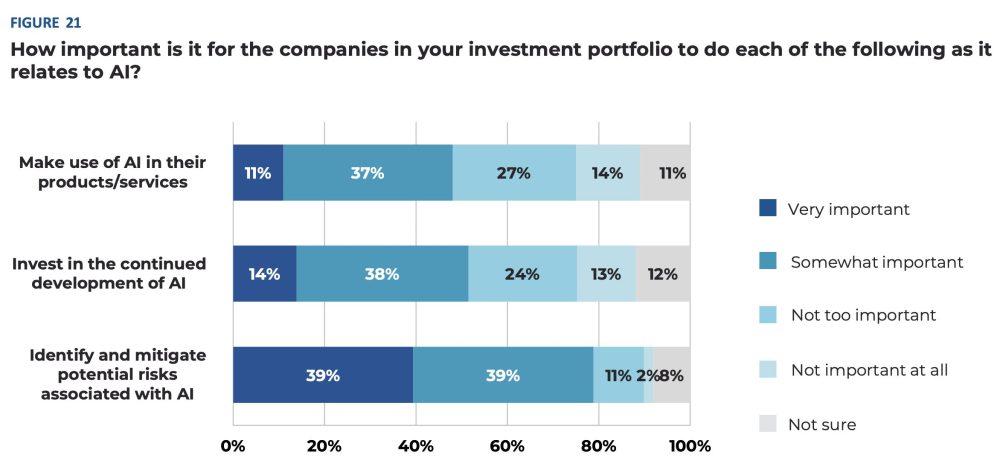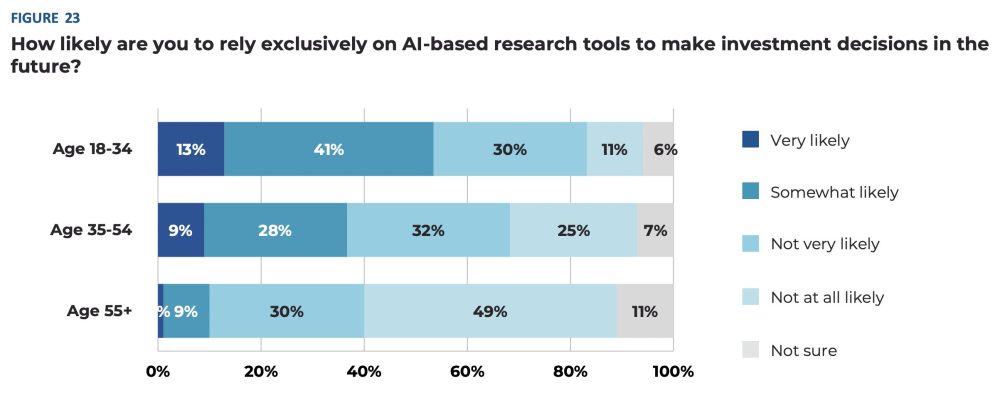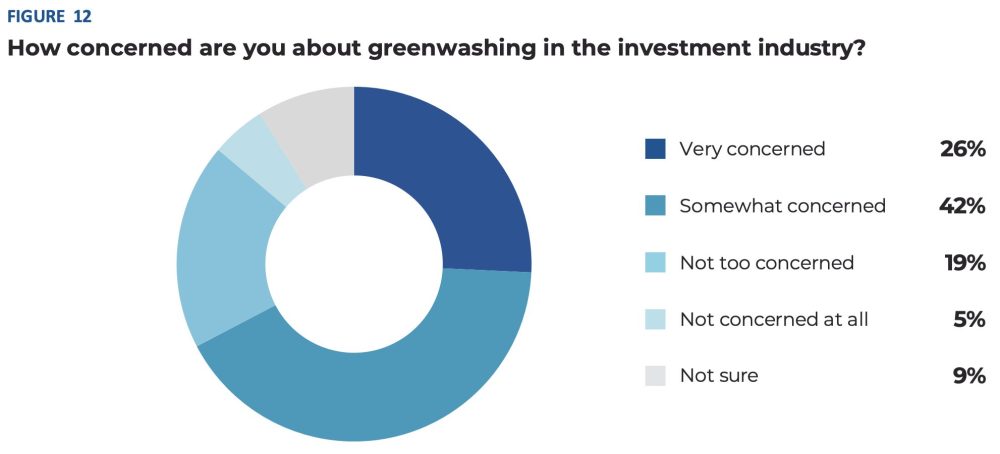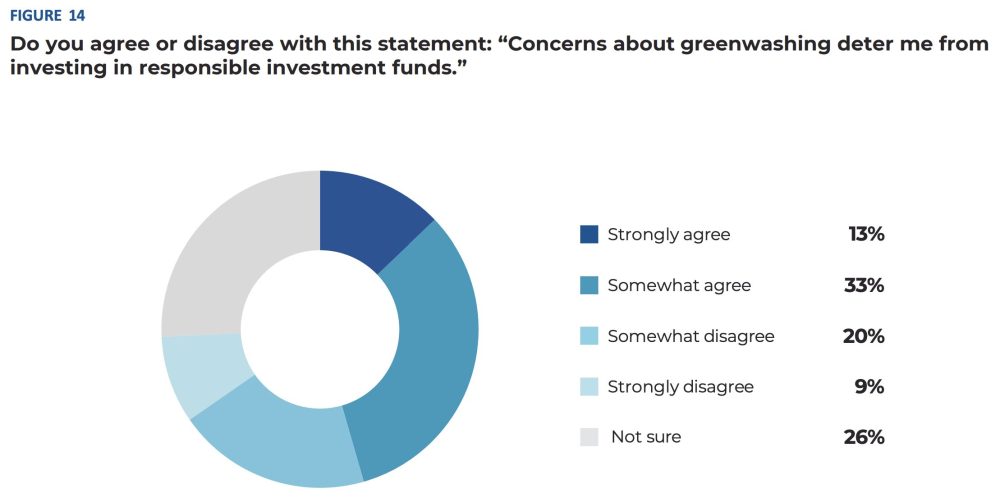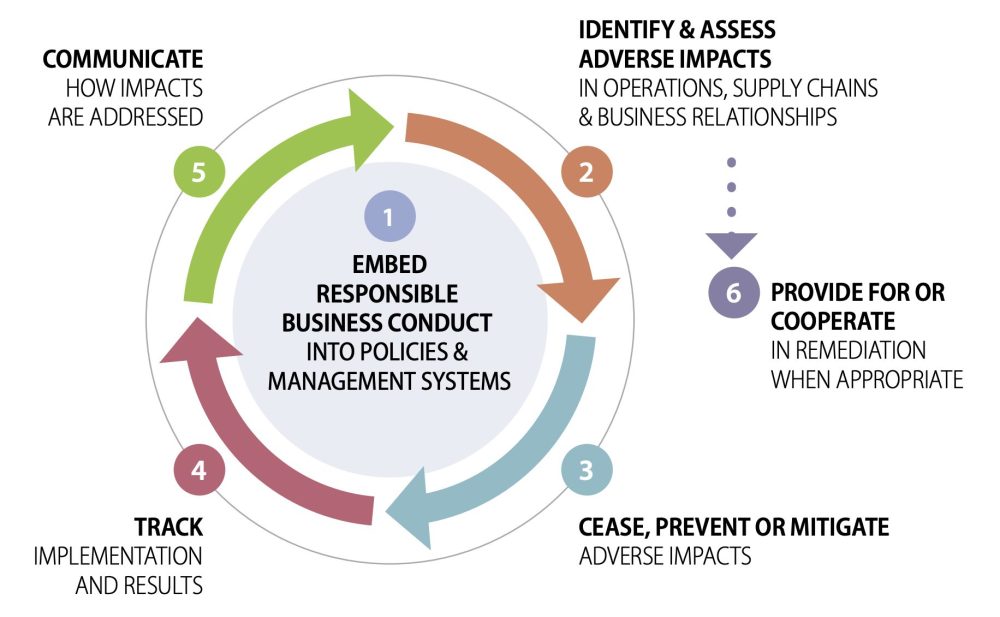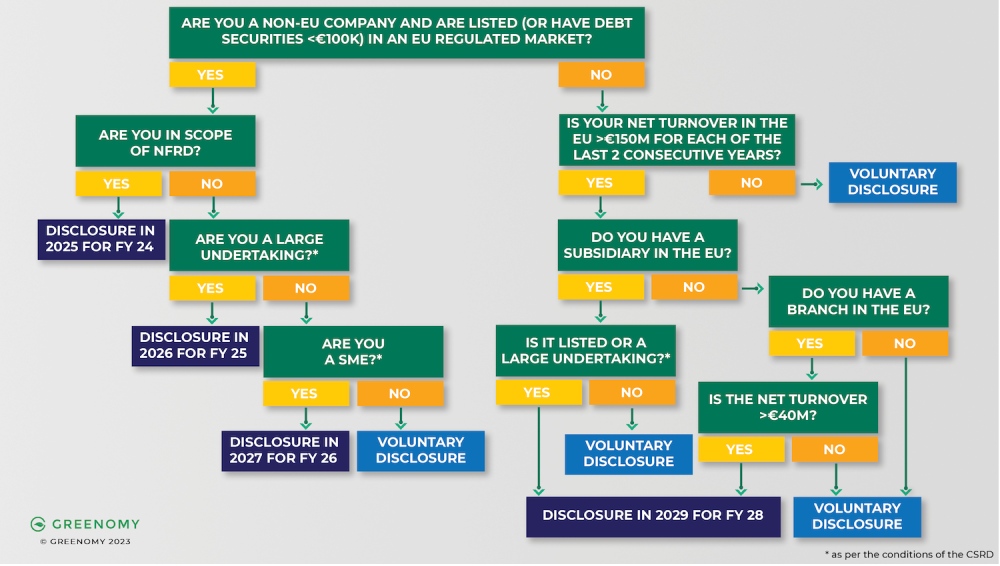Canadians are obligated to respect human rights in Canada and around the world. In this article we raise awareness regarding elevated human rights risks to Indigenous Peoples in Latin America and what investors can do to fulfill their human rights due diligence responsibilities across all regions under evolving regulatory and stakeholder expectations.
Demand for minerals to support the energy transition is anticipated to soar over the next years and decades. Indigenous Peoples around the world are at risk of being disproportionately impacted despite contributing the least to climate change given 50% of known transition minerals are located on or near to their traditional lands. These Peoples also protect and maintain up to 80% of the world’s remaining biodiversity. While Canadian institutional investors are increasingly aware of and educated on how to respect Indigenous rights and reconciliation in the Canadian context, there is less awareness of best practices to ensure respect for Indigenous Peoples’ rights in other regions and contexts. At the same time, investors are increasingly expected to account for adverse impacts on people and planet linked to investing and financing activities under voluntary standards like the United Nations Guiding Principles for Business and Human Rights (UNGPs) and new related mandatory sustainability laws like the European Union’s Corporate Sustainability Reporting Directive (CSRD). Major Canadian financial institutions and other large Canadian corporate entities with European subsidiaries or branches and a certain amount of turnover in the European Union, may eventually have to report against them. Given the extent of Canadian mining activities in Latin America, we outline significant risks to Indigenous rights from land-based projects in that region and what investors can do to help prevent and mitigate related human rights and investment risks.
The Human Rights Context of Indigenous Peoples in Latin America
Canadian companies in scope of the European Union’s mandatory CSRD will be required to disclose the most material impacts on society and the environment from business activities and how these are being managed as implementation of the law expands over the next few years. Evidence finds that severe impacts on human rights related to resource development occur most frequently in Latin America and disproportionately impact Indigenous Peoples.
Threats include multiple cumulative negative impacts from business and industrial activities, criminal groups and the compounded effects of climate change and environmental degradation that infringe on rights to safety and security, and the right to enjoy traditional cultural practices and livelihoods, amongst other human rights. Many Indigenous leaders have been persecuted, targeted, and even assassinated for defending their rights in these contexts.
Latin America is also home to an estimated 185 distinct Indigenous populations in voluntary isolation, whose rights to remain isolated are enshrined in international laws such as the Universal Declaration of Human Rights and the United Nations Declaration on the Rights of Indigenous Peoples.
While the concept of economic reconciliation as a benefit of resource development has gained traction in the context of negotiations with Indigenous governments in Canadian, it may be foreign to many Indigenous Peoples in Latin America, and it cannot necessarily be assumed that such concepts are welcomed in all sectors. This underscores the importance of a rights-based approach in every context that centres around the need for proponents to seek out and respect local perspectives through good faith due diligence, avoid complicity, and respect for the right to free prior and informed consent (FPIC).
Environmental and Climate Risks
Latin America is home to many unique ecosystems and habitats, including the Amazon, that are critical for ensuring the livelihoods of its inhabitants including Indigenous Peoples and for global climate change mitigation and biodiversity protection. Respect for, and protection of Indigenous Peoples rights, including to their lands, resources and territories is proven by research as necessary for protecting nature.
Nonetheless, scientists are already warning that the Amazon might be close to an irreversible tipping point. This year, stories of record-setting droughts made headlines across various news outlets and are expected to get worse.
Indigenous Peoples’ organizations have been clear about the need to reverse the trend towards irreversible tipping points. The Coordinator of Indigenous Organizations of the Amazon River Basin (COICA), along with other organizations have called for the protection of 80% of the Amazon by 2025, strict adherence to free, prior and informed consent, a moratorium on deforestation and degradation of primary forests, among other interventions.
Canadian Company Involvement in Latin America
Canada, being home to many companies in the mining sector, also hosts a significant share of the mining companies operating in Latin America. 2014 estimates were that between 50 – 70% of mining activity in Latin America involves Canadian mining companies. The same report found that the lack of consultation and implementation of FPIC by Canadian mining companies in Latin America was the rule rather than exception. Other reports have found many examples of Canadian companies with operations in Latin America being linked to acts of violence. In 2023, a coalition of more than 50 civil society organizations published the report “Unmasking Canada: Rights Violations Across Latin America,” highlighting human rights issues connected to 37 Canadian projects across Latin America and the Caribbean.
The Legal Context of Indigenous Peoples’ Rights and Associated Obligations in Latin America
While articulated most clearly through the UN Declaration on the Rights of Indigenous Peoples, Indigenous Peoples’ rights in Latin America are also protected by various legal frameworks and instruments*, national constitutions, national legislation, and judicial decisions.
*Those instruments include but are not limited to the International Covenant on Civil and Political Rights (ICCPR); International Covenant on Economic, Social and Cultural Rights (ICESCR); International Convention on the Elimination of all Forms of Racial Discrimination (ICERD); Convention on the Elimination of All Forms of Discrimination against Women (CEDAW); ILO Convention 169 on Indigenous and Tribal Peoples, and the American Convention on Human Rights.
For example, the Inter-American Court of Human Rights has established that the State must abide by the following safeguards: effective participation (including FPIC), reasonable sharing of benefits from any development plans within the territory, and that no concessions on Indigenous territory are granted before prior environmental and social impact assessments are conducted.
Many national court rulings have also established safeguards that in effect, require FPIC. For example, in Colombia and Brazil, courts have ruled that Indigenous Peoples’ own autonomous free, prior and informed consultation and consent protocols and laws are binding.
However, those rights and obligations are in practice only implemented after investments have been made, leading to significant risks. For example, in Ecuador, a decree regulating permitting with affected Indigenous Peoples was later ruled to be unconstitutional and suspended by Ecuador’s constitutional court for failing to guarantee the constitutionally enshrined rights of Indigenous Peoples in Ecuador, thus generating significant risks for mining projects. In Peru, a regional court found that the granting of concessions to businesses on Indigenous territories where formal Indigenous land title had not yet been granted was unlawful. It is this gap between international and, or constitutionally enshrined Indigenous rights and lack of protection of these rights by local and regional authorities that presents significant risks for both adverse human rights impacts and investments.
Priority Investor Actions
Institutional investors in Canadian mining companies can help ensure investee companies ‘mind the risk gap’ by advocating for them to adopt and implement, in every case, rights-based approaches that align with international human rights standards regardless of whether local and regional authorities actively respect and protect these rights. The UNGPs were developed over a decade ago to explicitly address this risk gap and ensure multinational companies operating abroad respect human rights no matter where they operate. They now provide the foundation upon which mandatory corporate sustainability laws, like the CSRD, and France, Germany, and other EU member states’ supply chain due diligence laws, are based. While investors can advocate for benefit-sharing mechanisms and other types of partnerships that create more equitable economic and social benefits from mining or other resource development activities on the traditional territories of Indigenous Peoples, the starting point should be a rights-based approach, including FPIC giving due consideration to the local legal and human rights context, and risks to Indigenous human rights defenders.
Key immediate actions Canadian investors can take to add to their due diligence include:
– Screen all portfolios for company involvement in Latin America, with a focus on land and resource-intensive sectors and conduct enhanced due diligence to understand implications for locally affected Indigenous Peoples;
– Ask investee companies for disclosures of evidence of FPIC;
– Consult Indigenous Peoples’ representative institutions or others from civil society working with Indigenous Peoples in Latin America regarding appropriate investor action;
– Spread awareness of the need for urgent investor action on human rights in Latin America
Contributor Disclaimer
Any statement that necessarily depends on future events may be a forward-looking statement. Forward-looking statements are not guarantees of performance. They involve risks, uncertainties, and assumptions. Although such statements are based on assumptions that are believed to be reasonable, there can be no assurance that actual results will not differ materially from expectations. Investors are cautioned not to rely unduly on any forward-looking statements. In connection with any forward-looking statements, investors should carefully consider the areas of risk described in the most recent prospectus.
BMO Global Asset Management is a brand name under which BMO Asset Management Inc. and BMO Investments Inc. operate. Certain of the products and services offered under the brand name, BMO Global Asset Management, are designed specifically for various categories of investors in Canada and may not be available to all investors. Products and services are only offered to investors in Canada in accordance with applicable laws and regulatory requirements.
®/™Registered trademarks/trademark of Bank of Montreal, used under licence.
RIA Disclaimer
